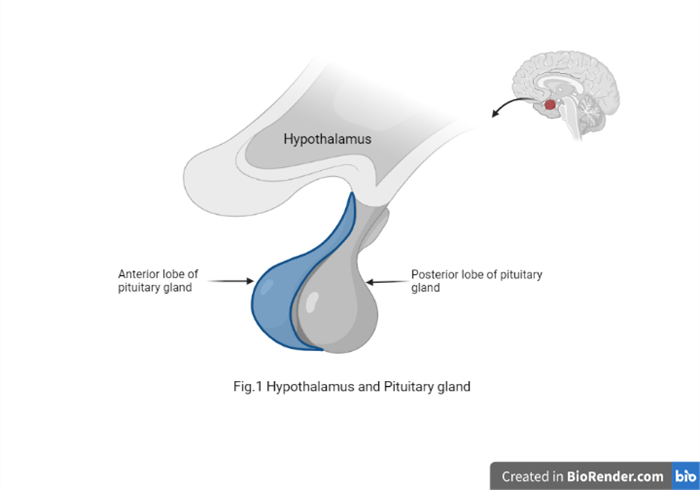Prolactin
Prolactin is a hormone produced in the pituitary gland, named because of its role in lactation. It also has other wide-ranging functions in the body, from acting on the reproductive system to influencing behaviour and regulating the immune system.
Alternative names for prolactin
PRL; luteotropic hormone; LTH, lactotropin.
What is prolactin?
Prolactin is a hormone named originally after its function to promote milk production (lactation) in mammals in response to the suckling of young after birth. It also plays a key role in breast development during pregnancy. It has since been shown to have more than three hundred functions in the body. These can be divided into a number of areas: reproductive, metabolic, regulation of fluids (osmoregulation), regulation of the immune system (immunoregulation) and behavioural functions.
In humans, prolactin is produced both in the front portion of the pituitary gland called the anterior pituitary gland, and in a range of sites elsewhere in the body. Lactotroph cells in the pituitary gland produce prolactin, where it is stored and then released into the bloodstream. Human prolactin is also produced in the uterus, immune cells, brain, breasts, prostate, skin and adipose tissue.
How is prolactin controlled?
One of the main regulators of the production of prolactin from the pituitary gland is the neurotransmitter (a chemical messenger between nerve cells in the brain) called dopamine, which is produced by the hypothalamus, the part of the brain directly above the pituitary gland (Fig.1).
Dopamine restrains prolactin production, so the more dopamine there is, the less prolactin is released. Prolactin itself enhances the secretion of dopamine, so this creates a negative feedback loop.
Oestrogen is another key regulator of prolactin and has been shown to increase the production and release of prolactin from the pituitary gland. Studies have shown small increases in prolactin in the blood circulation of women during stages of their reproductive cycle where oestrogen levels are at their highest. This is also the case during and after pregnancy, which makes sense, since a higher level of circulating prolactin is needed for breast milk production.
In addition to dopamine and oestrogen, a whole range of other hormones can both increase and decrease the amount of prolactin released in the body, with some examples being thyrotropin-releasing hormone, oxytocin and anti-diuretic hormone.

What happens if I have too much prolactin?
The condition of having too much prolactin circulating in the blood is called hyperprolactinaemia.
The most common causes of hyperprolactinaemia include,
-pregnancy,
-medications that reduce dopamine action in the body,
-benign pituitary tumours (known as prolactinomas) and
– thyroid underactivity.
Symptoms can include the unwanted production of milk from the breasts, disturbances to the menstrual cycle and symptoms due to low oestrogen (in women) or low testosterone (in men), because high prolactin levels can reduce the levels of sex hormones.
The vast majority of patients with a prolactinoma can be treated successfully using drugs which mimic the action of dopamine. The most commonly used drugs are cabergoline and bromocriptine.
More information about prolactinomas can be found on the weblinks below:
What happens if I have too little prolactin?
The condition of having too little prolactin circulating in the blood is rare and may occur in people whose pituitary gland is not working properly e.g. after surgery on the pituitary gland.
A decrease in the amount of prolactin produced by the pituitary gland can lead to insufficient milk being produced after giving birth. Most people with low prolactin levels do not have any specific medical problems, although preliminary evidence suggests they might have reduced immune responses to some infections.